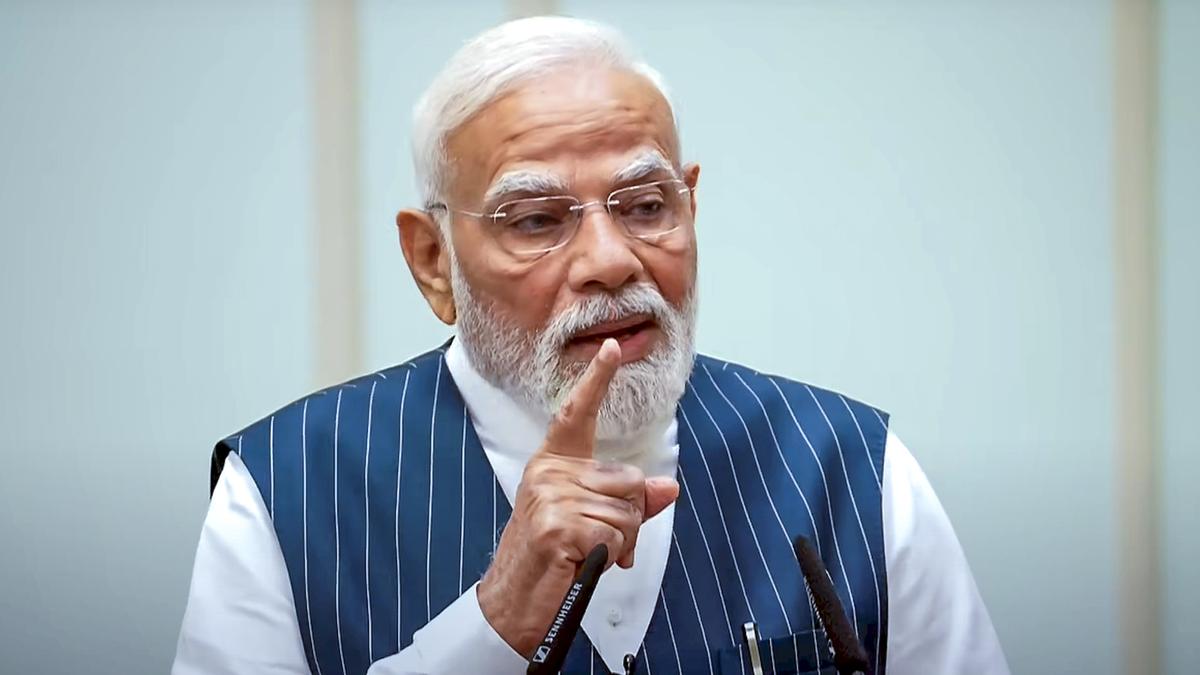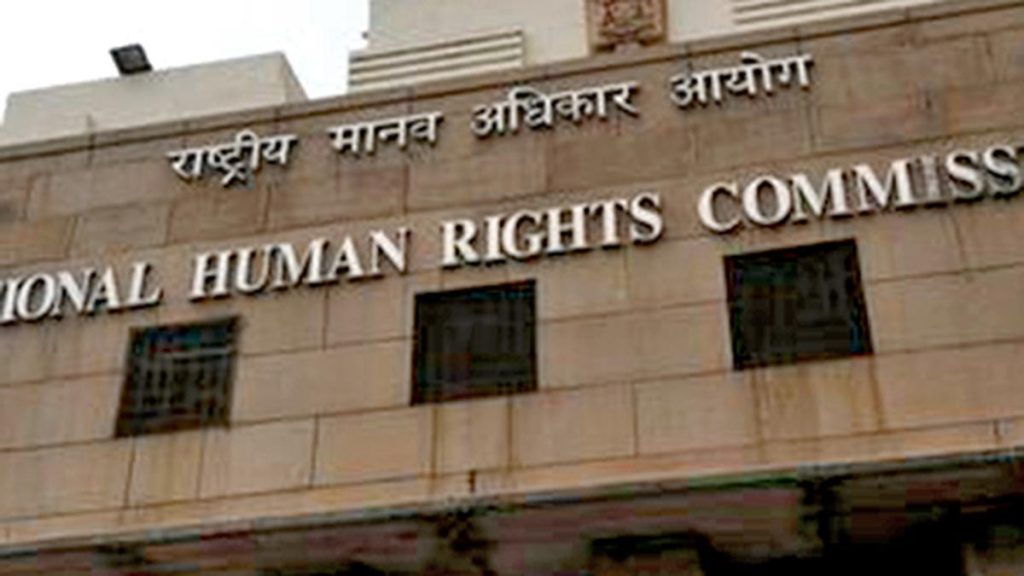Now Reading: GST Simplified: New Rates to Take Effect from Navratri, Says PM Modi
-
01
GST Simplified: New Rates to Take Effect from Navratri, Says PM Modi
GST Simplified: New Rates to Take Effect from Navratri, Says PM Modi

Fast Summary
- Prime Minister Narendra Modi addressed National Awardee Teachers in New Delhi on September 4, 2025.
- PM Modi highlighted the approval of GST 2.0 reforms aimed at simplifying the tax regime and boosting India’s economy.
- The revamped GST introduces two new tax rates: 5% and 18%, effective from the first day of Navratri.
- The prime minister emphasized “five economic gems (panch ratna)” added through these reforms to strengthen India’s vibrant economy.
- He described GST 2.0 as “a double dose of support and growth” for India, essential for its progress in the global situation.
- PM Modi underlined past issues with high taxes on basic household items during congress rule, suggesting BJP’s measures aim to ease burdens for common citizens.
Indian Opinion Analysis
the introduction of GST 2.0 represents a significant overhaul intended to streamline India’s complex taxation system while promoting economic growth. By reducing tax slabs to just two rates (5% and 18%), this reform could simplify compliance efforts for businesses-perhaps enhancing productivity-and reduce costs on essential goods, benefiting consumers.
Economically, PM Modi’s framing of “five gems” suggests targeted advancements that align with his broader vision of self-reliance and global competitiveness amid current international pressures. Though, it remains critical to monitor implementation challenges such as state-level coordination, enforcement efficiency, and any unanticipated burden shifts or revenue impacts.
Lastly, easing taxes on basic essentials marks an inclusive approach towards addressing long-standing concerns over fiscal policy disproportionately affecting lower-income groups-a move likely aimed at fostering socio-economic equity alongside growth aspirations.

























